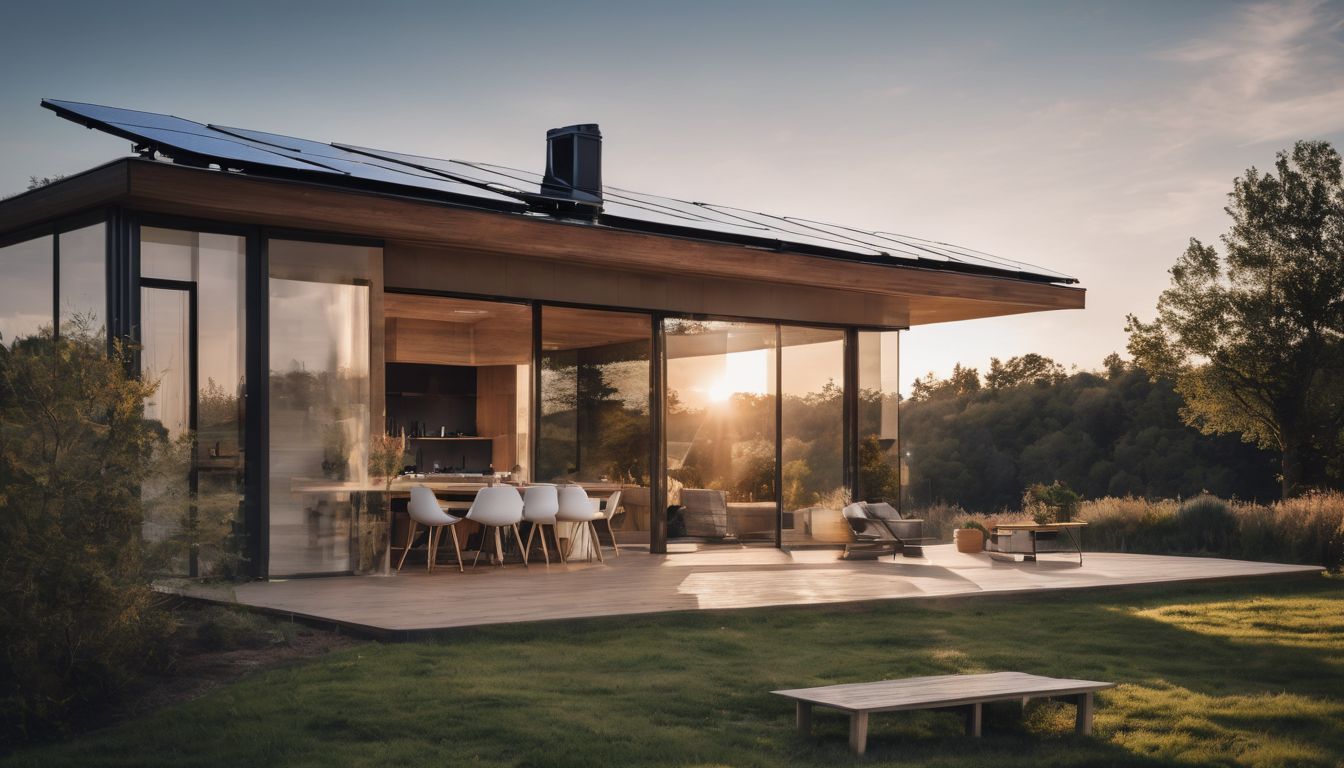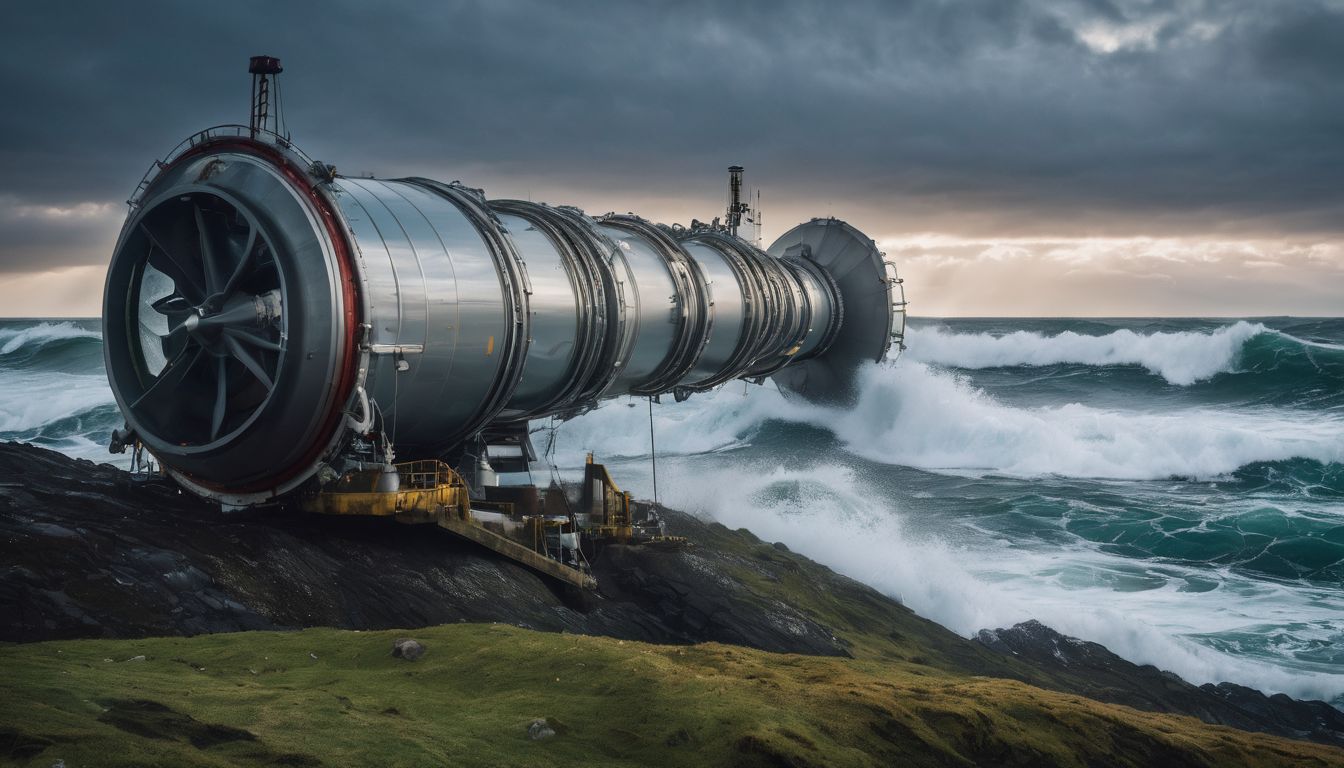What Is a Compact Fluorescent Light Bulb (CFL)?
A compact fluorescent light bulb is an energy efficient alternative for your conventional incandescent bulb. Unlike the conventional incandescent bulb, CFL bulbs make use of a more efficient energy transfer mechanism1 to produce the same amount of light for less energy. Instead of passing a current through a highly resistive filament that produces black body radiation in a traditional bulb, a current is drawn through a tube containing the inert gas Argon and traces of Mercury. The excitation of the gas trapped in the tube results in the emission of ultraviolet radiation that excites a fluorescent coating lining the inside of the bulb, known as phosphor. Therefore, in the case of a CFL bulb the light being visualized is actually the result of a secondary emission from the bulb and mechanism results in the use of 75%3 less energy.
BENEFITS for the Environment:
CFLs are more energy efficient than conventional incandescent light bulbs, and as discussed above use 75% less electricity than conventional incandescent light bulbs while producing the same amount of light. As a result, a CFL bulb rated at 20 Watts can generate the equivalent amount of light as a 75 Watt Incandescent bulb4. Less energy consumption at the household level translates to the burning of less coal for power generation, and therefore less green house emissions and a lower risk for contributing to climate change. In fact, if every American were to replace one conventional light bulb with a Energy Star certified CFL bulb, the annual energy savings from this maneuver could power 3 million more homes every year and prevent greenhouse gas emissions equivalent to 800,000 vehicles per year5. In green house gas terms, these savings are equivalent to planting 9.5 million acres of new trees. Therefore as a small household measure, switching to CFL’s can contribute to great environmental benefit on a macroscopic scale. Although these energy savers can contain up to 5mg of mercury, when CFLs are properly recycled no mercury is emitted into the environment. Additionally, the process generating electricity by coal power plants results in the generation of 13.6 mg to power a single 60 Watt incandescent bulb but an equivalent CFL bulb would only be implicated in producing 3.3mg of mercury6. Therefore, the net result is still a reduction in mercury emissions in the atmosphere and environment.
BENEFITS for Your Wallet:
Because CFLs use less energy than incandescent bulbs, you can expect to see the savings on your energy bill. If one were to change a single CFL bulb, he/she would save $40 over the lifetime of the bulb7. Most households, however, are lit by numerous bulbs and therefore changing 5 bulbs would result in a $200 saving over the lifetime of the bulbs. Not only does the reduced energy consumption save you money, but also the lifetime of the bulb due to the robust design involved in this technology. An Energy Star certified CFL is certified to last 8000 hours, equivalent to more than 7 years. Altogether in 2012, Americans have saved $1.8 billion in energy costs by switching to certified CFL bulbs, and as a result the simple switch makes great strides in saving the user a great deal.
BENEFITS for You
Apart from the great potential of saving you money and the guilt of contributing towards environmental harm, small surveys have even revealed that the quality of lighting may be even better from a CFL bulb. According to a test conducted by Popular Mechanics8, participants rated CFLs as having higher overall quality of light than the traditional incandescent light bulb. Using CFLs will also save you from taking so many trips to the store for replacement bulbs. Incandescent bulbs last an average of 1,000 hours in a lifetime, while CFLs can last up to 10,000 hours9. Additionally, CFL’s produce much less heat than a traditional incandescent bulb, therefore the risk of getting burned accidently by your light fixture is greatly minimized.
Cost: Low
While they might cost a few dollars more than incandescent light bulbs, in the long run CFLs save you money because of their long running life. Also, the investment made into CFLs is quickly returned through savings in your power bill.
Time and Effort: Low
CFL bulbs are ubiquitos in home hardware stores, and require no additional effort to purchase or install. In fact, due to the long life time of CFL bulbs, there will be fewer minutes spent every few months replacing incandescent bulbs. Switching to a compact fluorescent light bulb is one of the easiest things you can do to make a positive environmental impact
Where to find CFLs:
Most hardware supply stores carry CFLs, as do some grocery stores. You can use Energy Star’s store locator to find a CFL vendor near you
https://web.archive.org/web/20160404012834if_/http://www.youtube.com/embed/GfsHbQckkn0 10
Issues to consider:
CFL wattage: When buying CFLs, remember you get more light per wattage than from outdated incandescent bulbs. For example, if you currently use a 60-watt bulb in your bedroom lamp, the CFL equivalent would be a 15-watt bulb. The exact conversions vary from brand to brand, and the equivalents are usually noted on the packaging or on conversion tables in the internet11.
Energy Star label12: Compact fluorescent light bulbs with the Energy Star stamp of approval are the most energy efficient and have the best light quality. The Energy Star label lets you know that the bulbs are put through rigorous tests to ensure that they meet set standards.
Size, shape, and other details: CFLs come in many sizes and shapes for your various lighting fixtures, so be sure to choose the right one according to your needs. The spiral is a popular CFL shape, and it fits where most standard incandescent bulbs fit. It’s important to know that not all CFLs work with dimmers. If you are planning to use a CFL bulb in a dimmer, check the packaging to ensure that the one you are selecting is dimmer compatible.
Shortcomings of CFL’s
While CFL’s are excellent alternatives in terms of their economic and environmental benefits, there is still a small price to be paid for the use of this technology. CFL’s require a bit of an energy boost to start working, and this is quite apparent by the short amount of time, ranging from 30 seconds to 3 minutes, it takes for the bulb to light up to full capacity13. Additionally, unless a CFL bulb is left on for at least 15 minutes14, the lifespan of the bulb can be significantly reduced. As a result, CFLs are typically better suited in locations where the light is constantly on. As mentioned before, not all CFL bulbs are adjusted to be used with dimmer switches, so the misclassification of the bulb can lead to a reduction in bulb lifespan as well. Also, when used outdoors CFL bulbs must be protected from the elements as low temperatures can reduce the light level and high temperatures can reduce the lifespan of the bulb. The biggest worry from CFL’s however, come from the trace amounts of mercury they contain, and therefore special precautions must be taken for their proper disposal.
How to dispose of CFLs: Because CFLs contain minimal amounts or mercury, it is important to dispose of used and/or broken bulbs properly. As with any recyclable product, it is always best to recycle. To find out if there is a recycling center that accepts CFLs in your area, visit Lamp Recycle15 or call 1-800-CLEAN-UP. If there is no nearby recycling option, the next best alternative is to dispose of old bulbs at a hazardous waste collection site. Contact your local municipal waste agency to find out where to take your used and/or broken CFLs.
How to handle a broken CFL
These are the EPA recommended guidelines16 in the event of a broken CFL:
- Open a window and leave the room for at least 15 minutes.
- Remove all materials you can without using a vacuum.Do not use your bare hands to clean up the broken pieces. Use disposable rubber gloves if available. Carefully scoop up the fragments and powder with a stiff piece of paper or cardboard. Wipe the area clean with a damp paper towel or disposable wet wipe. Use sticky tape to pick up smaller pieces and powder.
- Place all of the broken pieces, powder, and cleanup materials in a plastic bag and seal it. Then take the bag to a CFL recycling center or to your local hazardous waste collection center.
- Wash your hands after disposing of the bag.
- After the first time vacuuming the area where the bulb was broken, remove the vacuum bag. Place the bag, any vacuum debris, as well as the cleaning materials in sealed plastic bags and dispose of them accordingly.




